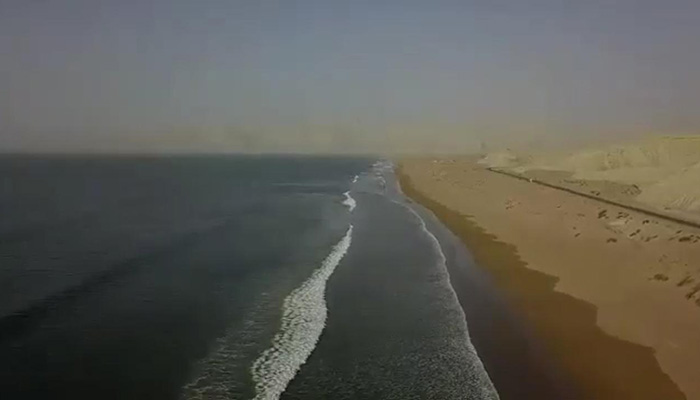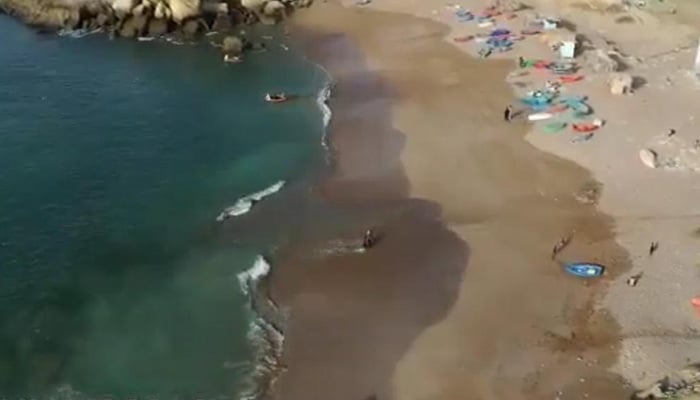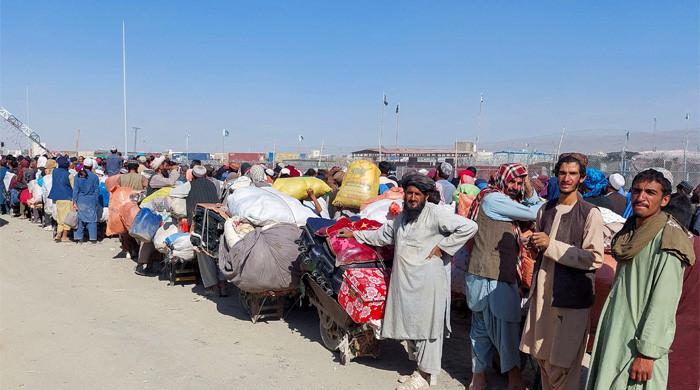Pakistan's potential for maritime tourism
The federal, Sindh and Balochistan governments need to work on comprehensive Maritime Tourism policy
April 23, 2019

Pakistan has many attractive tourist destinations, especially on the coastal belt. There is a lot of potential in the tourism sector of Pakistan but for the last many decades the government has not able to develop a 1,040-kilometer long coastal area from Sindh toward Balochistan.
Pakistan has great potential and attractive areas along the coast to develop tourism especially along the mega city Karachi. The federal, Sindh and Balochistan governments need to work on comprehensive Maritime Tourism policy. It should be considered a compulsory element of Blue Economy. Analysts say that with a burgeoning youth bulge and millions of unemployed youth, maritime tourism opportunities must be grabbed at the earliest.
In its first conference on “Potential of Maritime Tourism Development in Pakistan” held by the National Institute of Maritime Affairs(NIMA), Aftab ur Rehman Rana, President Sustainable Tourism Foundation Pakistan said that tourism is largely a natural resource-based industry and, as such, it affects air, land and water. It can damage natural systems if its planning, development and operation are not properly managed. He further said that Tourist Facilities should be designed with quality and utility and build in local style. Use of environment-friendly technologies is encouraged. Tourist Accommodation should blend with natural surroundings and the use of eco-techniques must be encouraged in design and physical planning.

Ex-DG National Institute of Maritime Affairs Vice Admiral Asaf Humayun stated during the presentation that the ocean and the maritime environment as a whole have become one of the new frontiers and fastest growing areas of the world’s tourism industry. Maritime tourism is defined as ‘those recreational activities that involve the sea’. He emphasized the importance of Blue Economy and the development of the Maritime Sector as key to Pakistan’s future. He further said that the development of maritime tourism also serves as a vehicle to promote the blue economy of the country.
Director General NIMA Vice Admiral (R) Syed Khawar Ali Shah stated that these activities include historic, natural sites near the sea, swimming, snorkelling, diving, surfing, jet skiing, parasailing, sailing, Marinas, beach games, cruise ships, traditional safari boats, fishing, whale and dolphin watching, Ecotourism, beach infrastructure including accommodation and restaurants.
Historically, Karachi had a lot of maritime tourism until the 1970s as compared to now. There were dozens of “Bunder” sailing boats plying in the Harbour, where families, as well as foreigners, would spend their evenings, weekly sailing regattas again had a large number of sailors competing. The Keamari boat basin and Clifton beach were clean; where low-income people would throng for picnics and swimming. More affluent had miles of huts on Sandspit, Hawkesbay and Paradise point. He further said all this is history, there are no bunder boats or weekly regattas anymore, the majority of huts are depilated with few well-maintained beach properties belonging to the elite or large organisations only.
To promote local tourism slides showed that on an average 65,000 Pakistanis visit Thailand annually, 50,000 Malaysia and around 6,000 high-end resorts in the Maldives. A city like Karachi with a population around 20 million is starved of affordable and decent beach based activities. CPEC can be an enormous potential of Chinese tourists. The presentation showed that in terms of tourism receipts in South Asia, Pakistan only scraped 1% of $ 31.4 Billion in South Asia spent by Foreign tourists in 2017. India was the biggest beneficiary with foreign tourists spending $ 21 Billion. In 2017 Pakistan ranked 125 out of 141 countries in the tourism benchmark.
In a country like Pakistan, maritime tourism can lead to a new sector being developed and thousands of new jobs being created lifting coastal communities out of abject poverty. As per statistics, 5% of Global GDP is through government-facilitated coastal tourism but the real growth is private sector driven.











